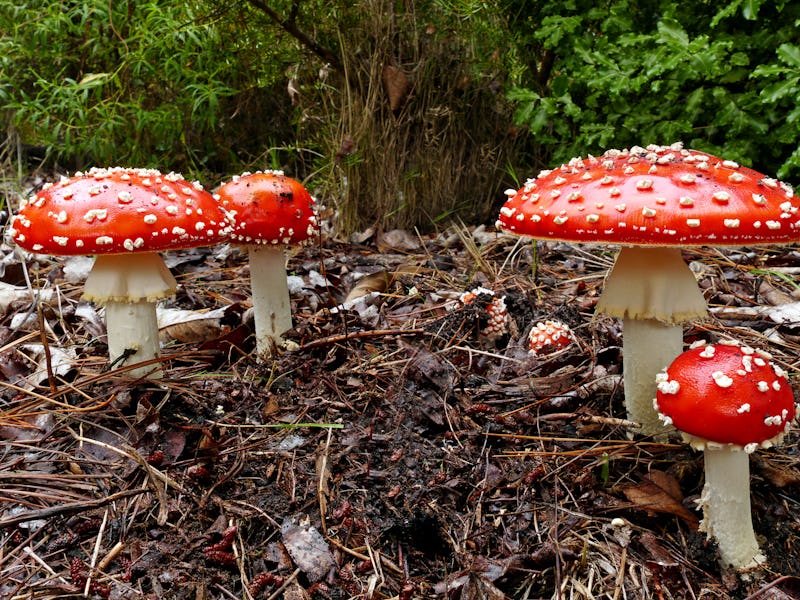NASA is Studying Fungi to Learn How to Survive on Mars

If you’re an average cosmically-oriented person, you can’t wait until humans get to Mars. If you’re Elon Musk, you even want to die there. There’s a key to making both of those futures a reality: a lengthy NASA study of fungi, set in motion by a study published on Monday in Microbiome.
When we get to Mars — it really is a question of “when,” not “if” — we won’t be able to set up free-form camps on the face of the planet. That environment is freaking toxic. We’ll need to bring enclosed habitats that are specially designed to support human life.
But those habitats will have their own set of problems. When humans live in a confined space for a prolonged period of time — especially if they’re in isolation — they can experience all sorts of negative effects to their psychology, physiology, and immune systems. To study these consequences, NASA created the “Inflatable lunar/Mars analog habitat” (ILMAH), which simulates the conditions under which humans might live in an enclosed habitat in space, whether they’re on Mars or in the International Space Station.
The ILMAH, where study participants lived for 30 days.
The new Microbiome study reports on the microbiological effects seen in these simulations so far, and it concluded that fungi poses a danger to human space inhabitants.
“Fungi are extremophiles that can survive harsh conditions and environments like deserts, caves or nuclear accident sites,” says Dr. Kasthuri Venkateswaran, one of the study’s authors, “and they are known to be difficult to eradicate from other environments including indoor and closed spaces.”
In other words, we’ll occupy environments just like those in space. Researchers noticed that various types of fungi proliferated while humans inhabited the ILMAH, including some pathogens that are known to cause asthma, skin infections, and allergies.
One reason for the increase might be that the participants’ immune systems weakened in response to the stress of living in a confined environment. But it’s not fully clear why the fungi population changed; more research is necessary.
Over the course of the study, participants lived in the ILMAH for increments of 30 days. They weren’t allowed to exit, and their only physical contact with the outside world was a source of filtered air coming from outdoors. The duration of these experiments may increase over time to simulate extended visits humans will have to outer space.
Three graduate students undergo a shorter (10-day) experiment inside the ILMAH in 2016. It doesn't seem to be paralyzingly claustrophobic in there, but still, they're troopers.
“Our study is the first report on the mycobiome of a simulated habitat meant for the future human habitation of other planets,” says Dr. Venkateswaran.
And it won’t be the last. If we’re serious about getting to the red planet, we need to be prepared for facing our fungi foes.